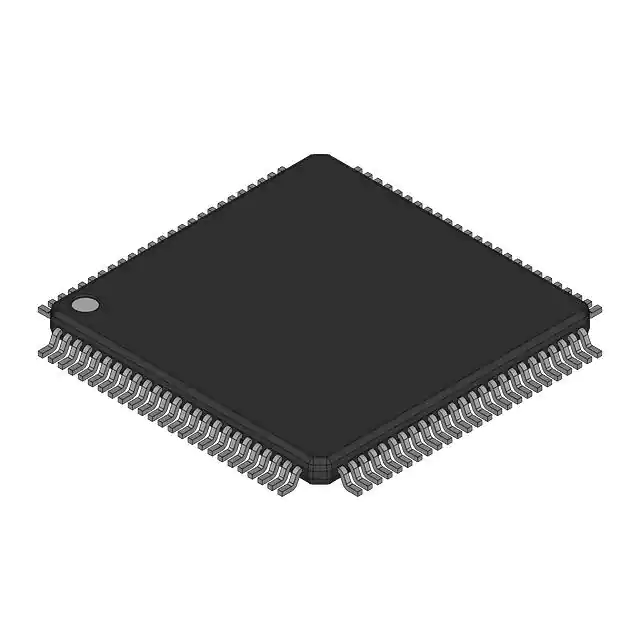GENERAL DESCRIPTION
The Micron® SyncBurst™ SRAM family employs high-speed, low-power CMOS designs that are fabricated using an advanced CMOS process. Micron’s 8Mb SyncBurst SRAMs integrate a 512K x 18, 256K x 32, or 256K x 36 SRAM core with advanced synchronous peripheral circuitry and a 2-bit burst counter. All synchronous inputs pass through registers controlled by a positive-edge-triggered single-clock input (CLK). The synchronous inputs include all addresses, all data inputs, active LOW chip enable (CE#), two additional chip enables for easy depth expansion (CE2#, CE2), burst control inputs (ADSC#, ADSP#,ADV#), byte write enables (BWx#) and global write (GW#). Note that CE2# is not available on the T Version.
Asynchronous inputs include the output enable (OE#), clock (CLK) and snooze enable (ZZ). There is also a burst mode input (MODE) that selects between interleaved and linear burst modes. The data-out (Q), enabled by OE#, is also asynchronous. WRITE cycles can be from one to two bytes wide (x18) or from one to four bytes wide (x32/x36), as controlled by the write control inputs.
Burst operation can be initiated with either address status processor (ADSP#) or address status controller (ADSC#) inputs. Subsequent burst addresses can be internally generated as controlled by the burst advance input (ADV#).
Address and write control are registered on-chip to simplify WRITE cycles. This allows self-timed WRITE cycles. Individual byte enables allow individual bytes to be written. During WRITE cycles on the x18 device, BWa# controls DQa’s and DQPa; BWb# controls DQb’s and DQPb. During WRITE cycles on the x32 and x36 devices, BWa# controls DQa’s and DQPa; BWb# controls DQb’s and DQPb; BWc# controls DQc’s and DQPc; BWd# controls DQd’s and DQPd. GW# LOW causes all bytes to be written. Parity bits are only available on the x18 and x36 versions.
Micron’s 8Mb SyncBurst SRAMs operate from a +3.3V VDD power supply, and all inputs and outputs are TTL-compatible. Users can choose either a 3.3V or 2.5V I/O version. The device is ideally suited for 486, Pentium®, 680x0 and PowerPC systems and those systems that benefit from a wide synchronous data bus. The device is also ideal in generic 16-, 18-, 32-, 36-, 64-, and 72-bit-wide applications.
FEATURES
• Fast clock and OE# access times
• Single +3.3V +0.3V/-0.165V power supply (VDD)
• Separate +3.3V or +2.5V isolated output buffer supply (VDDQ)
• SNOOZE MODE for reduced-power standby
• Common data inputs and data outputs
• Individual BYTE WRITE control and GLOBAL WRITE
• Three chip enables for simple depth expansion and address pipelining
• Clock-controlled and registered addresses, data I/Os and control signals
• Internally self-timed WRITE cycle
• Burst control (interleaved or linear burst)
• Automatic power-down for portable applications
• 100-pin TQFP package
• 165-pin FBGA
• Low capacitive bus loading
• x18, x32, and x36 versions available
(Picture:Pinout / Diagram)










